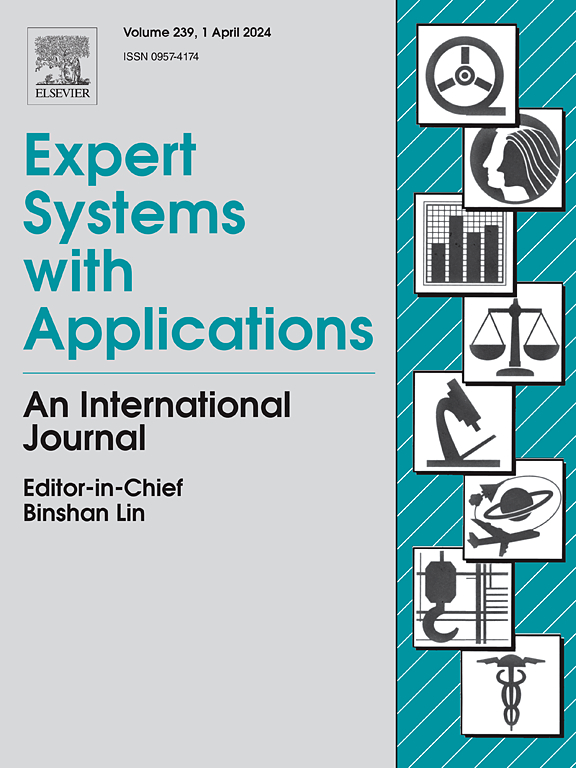APT: Alarm Prediction Transformer
IF 7.5
1区 计算机科学
Q1 COMPUTER SCIENCE, ARTIFICIAL INTELLIGENCE
引用次数: 0
Abstract
Distributed control systems (DCS) are essential to operate complex industrial processes. A major part of a DCS is the alarm system, which helps plant operators to keep the processes stable and safe. Alarms are defined as threshold values on individual signals taking into account minimum reaction time of the human operator. In reality, however, alarms are often noisy and overwhelming, and thus can be easily overlooked by the operators. Early alarm prediction can give the operator more time to react and introduce corrective actions to avoid downtime and negative impact on human safety and the environment. In this context, we introduce Alarm Prediction Transformer (APT), a multimodal Transformer-based machine learning model for early alarm prediction based on the combination of recent events and signal data. Specifically, we propose two novel fusion strategies and three methods of label encoding with various levels of granularity. Given a window of several minutes of event logs and signal data, our model predicts whether an alarm is going to be triggered after a few minutes and, if yes, it also predicts its location. Our experiments on two novel real industrial plant data sets and a simulated data set show that the model is capable of predicting alarms with the given horizon and that our proposed fusion technique combining inputs from different modalities, i. e. events and signals, yields more accurate results than any of the modalities alone or conventional fusion techniques.
APT:警报预测变压器
分布式控制系统(DCS)对于复杂工业流程的运行至关重要。DCS 的一个主要部分是报警系统,它可以帮助工厂操作员保持流程的稳定和安全。警报被定义为单个信号的阈值,同时考虑到操作员的最短反应时间。然而,在现实生活中,报警往往是嘈杂的、令人不知所措的,因此很容易被操作员忽略。及早预测警报可以让操作员有更多时间做出反应并采取纠正措施,从而避免停机以及对人类安全和环境造成负面影响。在此背景下,我们引入了报警预测变换器(APT),这是一种基于多模态变换器的机器学习模型,可根据近期事件和信号数据的组合进行早期报警预测。具体来说,我们提出了两种新颖的融合策略和三种不同粒度的标签编码方法。给定一个几分钟的事件日志和信号数据窗口,我们的模型就能预测几分钟后是否会触发警报,如果是,还能预测警报的位置。我们在两个新颖的真实工业工厂数据集和一个模拟数据集上进行的实验表明,该模型能够在给定的时间范围内预测警报,而且我们提出的融合技术结合了来自不同模式(即事件和信号)的输入,比单独使用任何一种模式或传统的融合技术都能产生更准确的结果。
本文章由计算机程序翻译,如有差异,请以英文原文为准。
求助全文
约1分钟内获得全文
求助全文
来源期刊

Expert Systems with Applications
工程技术-工程:电子与电气
CiteScore
13.80
自引率
10.60%
发文量
2045
审稿时长
8.7 months
期刊介绍:
Expert Systems With Applications is an international journal dedicated to the exchange of information on expert and intelligent systems used globally in industry, government, and universities. The journal emphasizes original papers covering the design, development, testing, implementation, and management of these systems, offering practical guidelines. It spans various sectors such as finance, engineering, marketing, law, project management, information management, medicine, and more. The journal also welcomes papers on multi-agent systems, knowledge management, neural networks, knowledge discovery, data mining, and other related areas, excluding applications to military/defense systems.
 求助内容:
求助内容: 应助结果提醒方式:
应助结果提醒方式:


